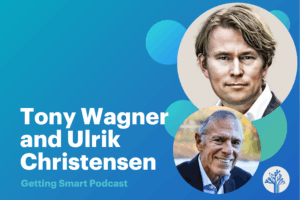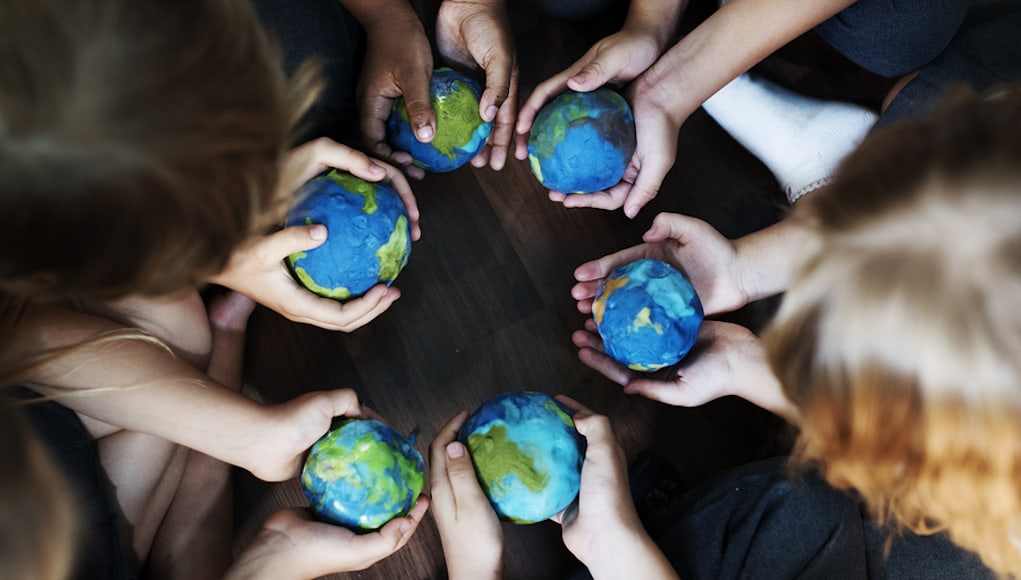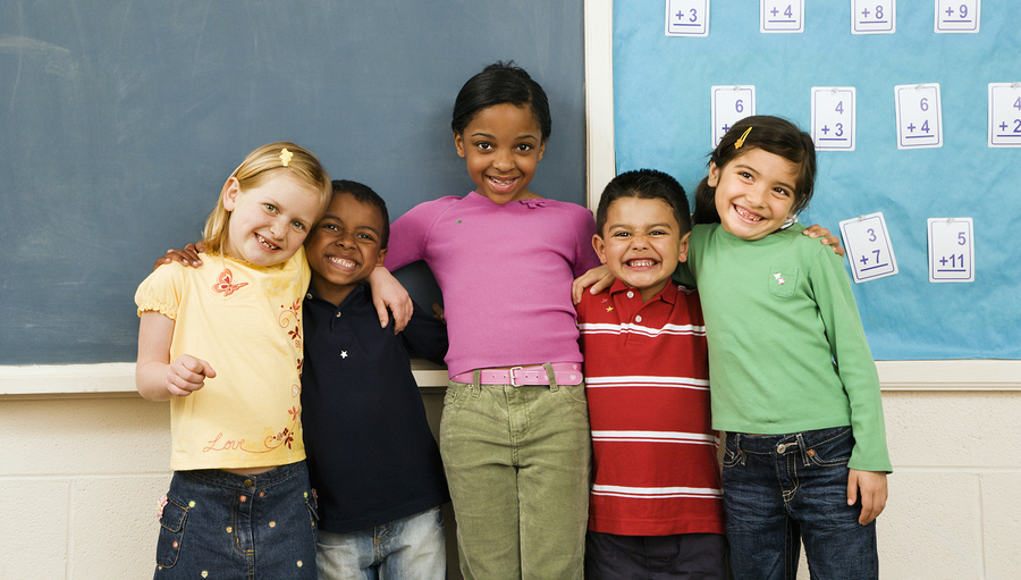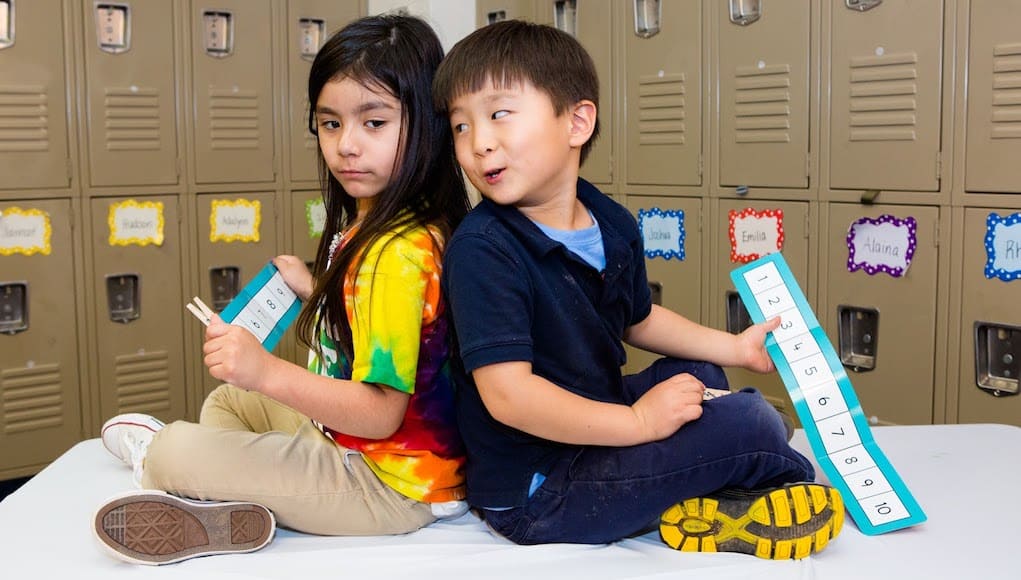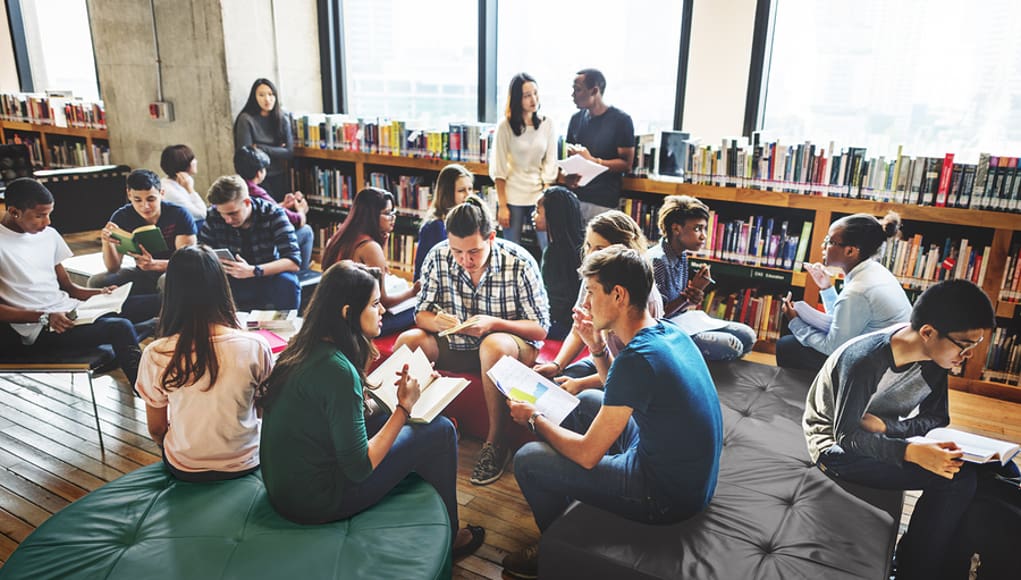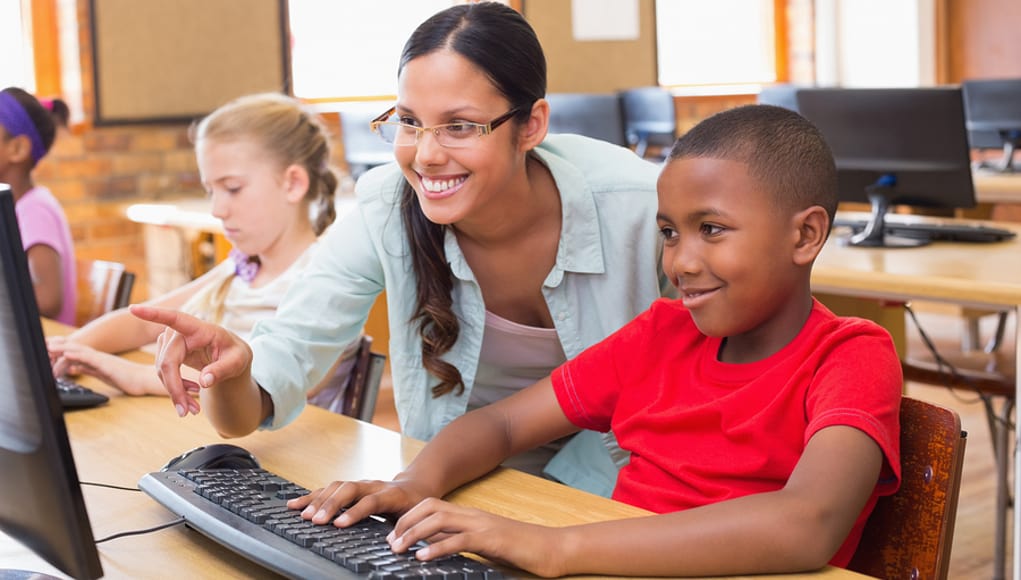Equity & Access
Equity and access follows schools, frameworks and leaders who put equity at the center of what they do to create a level playing field for all students and remove any implicit bias in the curriculum or way that it’s taught. In a time of highlighted inequities, this is the most important work in education.
Cultural Responsiveness Starts in the Principal’s Office
If school leaders are not attuned to the students walking the halls and sitting in the classrooms, students will never have truly personalized education. And if they are not attuned to the needs of students, teachers will not receive the supports needed to effectively personalize learning.
Homework or No Homework? Maybe We’re Asking the Wrong Question (Part 2)
By: Kristen Thorson and Erin Gohl. By reimagining homework, teachers have the potential to design purposeful experiences that transcend the walls of a classroom and build a solid foundation for learning. Homework can even feel like an opportunity for students and families.
Homework or No Homework? Maybe We’re Asking the Wrong Question (Part 1)
By: Erin Gohl and Kristen Thorson. Academic studies on homework have shown a spectrum of results spanning conclusions that homework is the key to academic success to those saying homework is a waste of student time that damages home life. But what if homework was different?
Global Dignity Launch Materials to Encourage Development of Dignity
As the world becomes more and more interconnected, there are increased opportunities to interact across boundaries and borders. We see almost daily instances where those interactions can be uplifting and positive, but far too often we hear of instances of ugliness in the world. So what can we be done?
Inequity in Education is Your (and My) Responsibility
By: Kate Gerson. The popular way of framing these numbers is that they represent an “achievement gap,” but that doesn't do the issue justice. The problem is all of our responsibility.
Six Strategies to Help Academic Language Learners (ALL) Succeed in Early Math
By: Jessica Bobo. A language-rich approach allows students to understand math concepts much more deeply—and applying these six strategies can ensure that all students learn in the early math classroom, regardless of their initial understanding of English.
Why True Equity in Learning Depends on Proactive, not Reactive, Design
By: Julia Freeland Fisher and Ace Parsi. Innovation is a process, and how we approach that process will inevitably influence our outcomes. If innovation efforts are not anchored in equity and inclusion at the forefront of their work, personalized models will replicate the results of the traditional system.
ASU Online: Extending Access to HigherEd
ASU Online is a program of EdPlus, a university R&D division committed to extending access and improve the quality of education. Tom shares what ASU Online is doing to make that happen.
A Turning Point. South Carolina Rural Schools Find Success.
Colleton County High and Scott’s Branch have been working to change the I-95 corridor region into a “Corridor of Innovation” instead of a “Corridor of Shame.” These two schools are improving education in their economically depressed communities by implementing new school models that bolster teacher and student capacity and create real-world learning experiences for students.
What Policies and Practices Can Make Learning Personal for All?
Variabilities among learners in terms of pace, background knowledge, ability to focus, socio-economic status and more range widely across our contemporary cohort of American students. In this new report, we look at how we can meet all learners where they are at.


